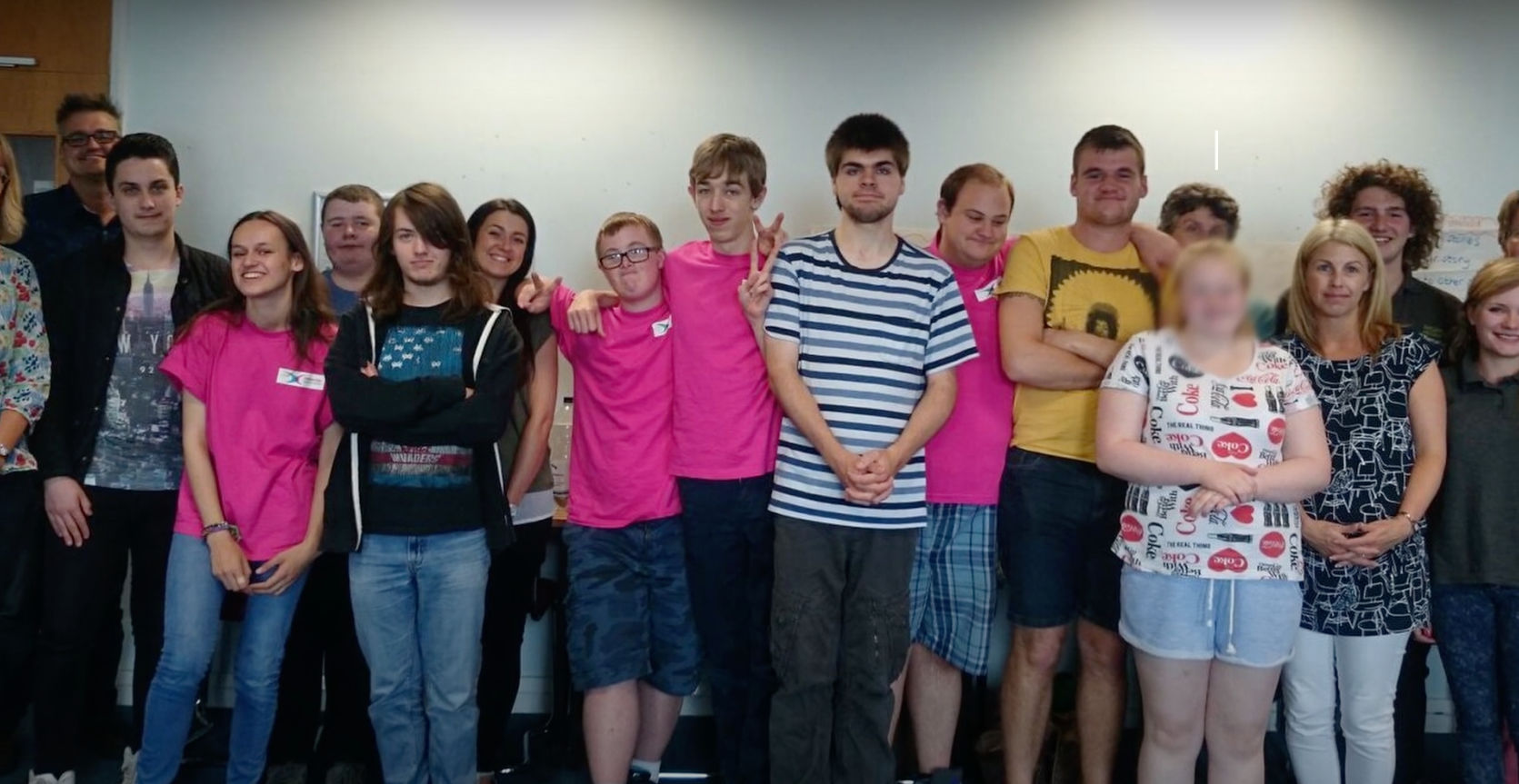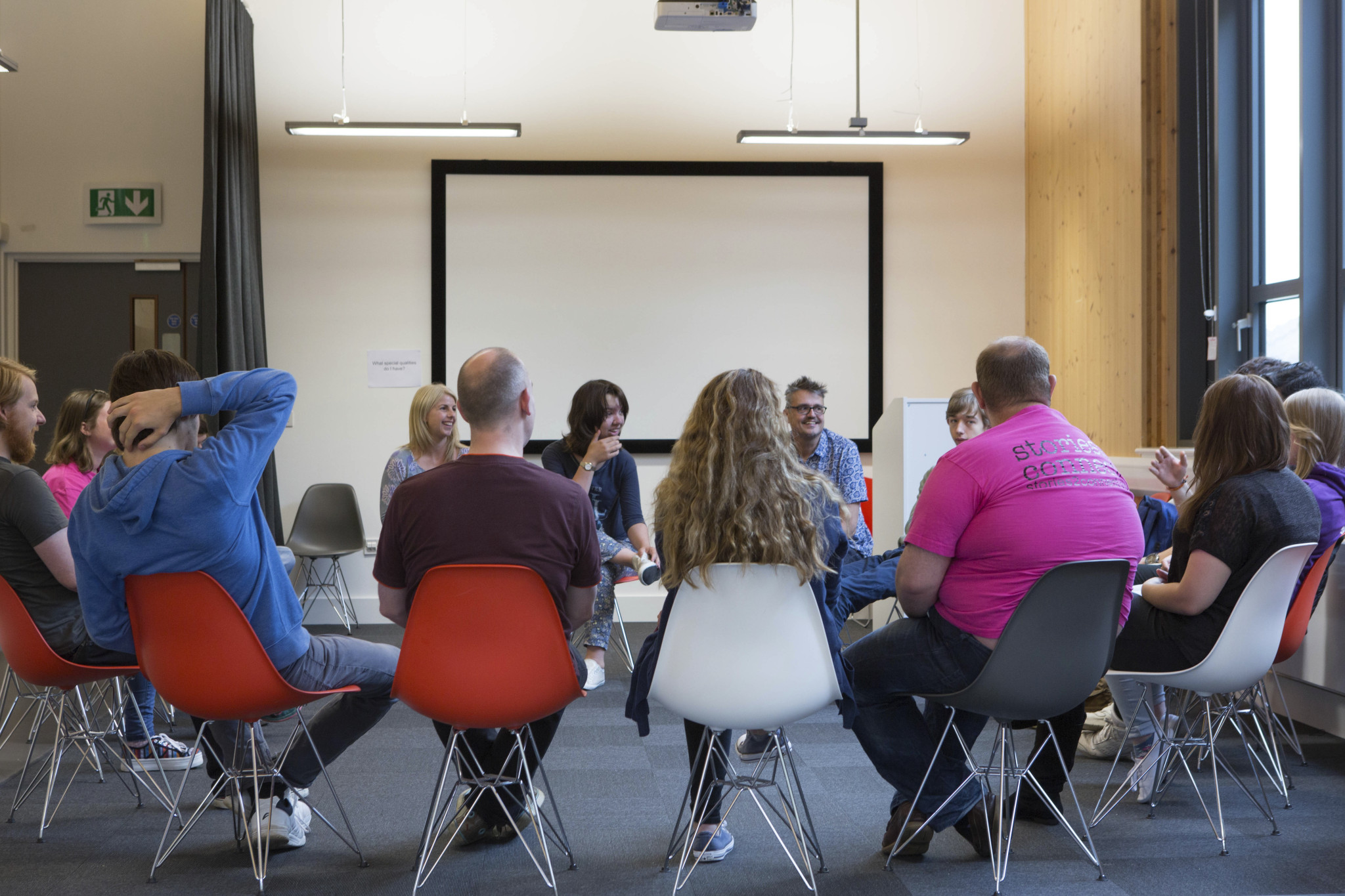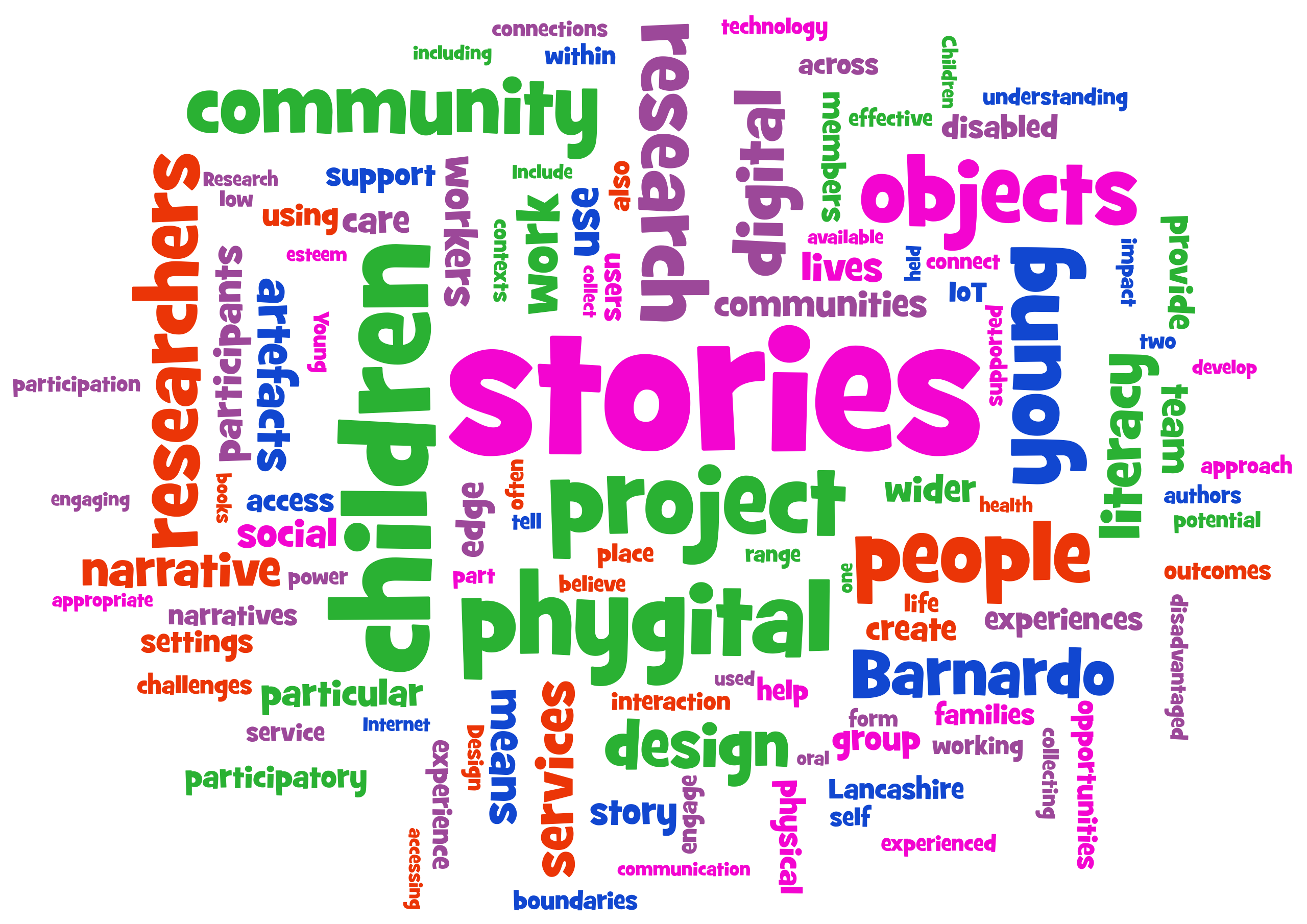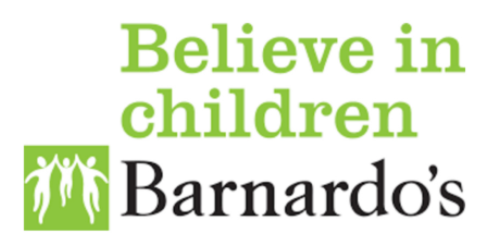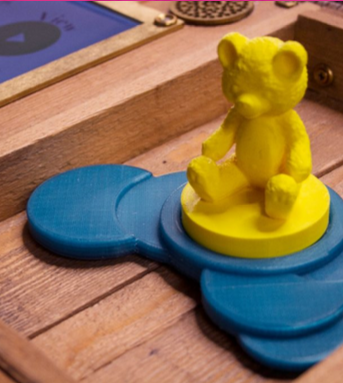
Connecting young people through the power of stories.
Connecting with others can be a problem for disadvantaged children and young people. Through researching and creating 48 short fictionalised stories, the Stories2Connect project has allowed their stories to be heard.
UCAN (a group of young people working with academics at the University of Central Lancashire (UCLan) and Barnardo’s), designed and carried out the Stories2Connect project to tell stories about young people’s lives.
The young people of Stories2Connect present their story of the project.
Along the way, Stories2Connect has seen young people grow in confidence, resilience, social skills, literacy and well-being.
They shared their stories with other communities in new and exciting digital ways.
Listen to some of our stories…
The Stories2Connect Story Video
https://youtu.be/GBFR1MSWSZI Here it is! The young people of Stories2Connect present their story...
Soundcheck
https://youtu.be/QZgEYOLII-E Soundcheck was inspired by the interview transcript of a...
Jobs are Like Hens’ Teeth
https://youtu.be/f1DRkpiGKAQ Jobs are Like Hens’ Teeth was inspired by the transcript of a...
Rainbow
https://youtu.be/jrecVpqhu8I Liam saunters. That’s the way he walks, making him seem confident and...
What is Stories2Connect?
The group of disadvantaged young people working on Stories2Connect first met through the Barnardo’s ‘Include me 2’ project and UCAN – the group of young people who had previously worked with researchers at UCLan. They wanted to do research using storytelling, and from this, the Stories2Connect project began.
The group became researchers for the project because they wanted to help their community to tell their stories and to help the wider community understand what their lives were like. In this way, they wanted to bring about change and to increase support and understanding for disadvantaged children.
They started to work with users of Barnardo’s services in Lancashire and with other young people who have experienced:
- Being in care or a care-leaver
- Being disabled or having a learning difficulty
- Bereavement or family break-up
- Living in poverty
- Being a young carer
These young people are often marginalised and can feel alone and misunderstood.
The young researchers worked with academics to learn how to interview and collect stories from their community. They also worked with well-known children’s authors Melvin Burgess and Adèle Geras.
The project recognised children and young people as experts on their own lives. Making stories together about their own experiences and those of their communities acknowledged this expertise.
For a more in depth academic explanation of the Stories2Connect project, click onto the button below:
The research problem
It’s frustrating when you have things to say but no means to be heard; often a problem for those on society’s margins. The mission of Stories2Connect was to research and address this issue.
Media stories often construct and reinforce negative narratives about people who access services like Barnardo’s. Within children’s literature, they are often omitted, marginalised, or stereotyped.
Not having an audience for their perspective can prevent children and young people being able to improve their lives and the lives of others in their community. Negative experiences can form attitudes and expectations that shape how young people tell stories about themselves and the communities they live in.
Stories can be transformative
Telling and hearing stories can help people to make connections with one another. Stories are ways of learning about other people’s lives, while imagination and creativity can help us conceive of change and new ways of thinking and being.
Children’s literature can educate and change attitudes, but it isn’t always accessible to children and young people with limited social and cultural capital. Stories2Connect created a set of stories ‘from the inside’, working directly with people who relate to the characters depicted in the fictional tales.
To allow the stories to be heard, the Stories2Connect researchers worked with Lancaster University to create phygital artefacts (physical objects with digital components). These artefacts tell stories with alternative forms of oral, written and digital literacy.
By focusing on strengths rather than weaknesses, children and young people were encouraged to create positive stories based on their own lives. Stories collected during this project challenged assumptions often held about people who access services such as Barnardo’s.

Collaboration
Barnardo’s stressed the benefits of children and young people being able to gain support from peers, and express their thoughts and feelings about a range of issues. These issues are important because they encounter them in their day-to-day lives.
Phygitals
Phygital is the meeting of physical and digital artefacts. A phygital artefact is one that puts digital content and internet connectivity into physical objects. The collaboration between researchers at UCLan and Lancaster University helped the team to design such phygital artefacts.
Phygitals help retell stories to a broader audience of children, parents and other stakeholders.
Placing phygital artefacts in community venues gives a novel way for children and young people to access stories. The objects supported the children and young people providing alternative ways to tell stories using different emergent forms of oral, written and digital literacy.
The research was supported by Barnardo’s in partnership with academic researchers in Literacy/Education (Prof. Candice Satchwell), Social Work (Prof. Cath Larkins), Design (Prof. Paul Coulton), Literature for Children and Young People (Dr Helen Day), and Health (Prof Bernie Carter) from the University of Central Lancashire, Lancaster University and Edge Hill University.
